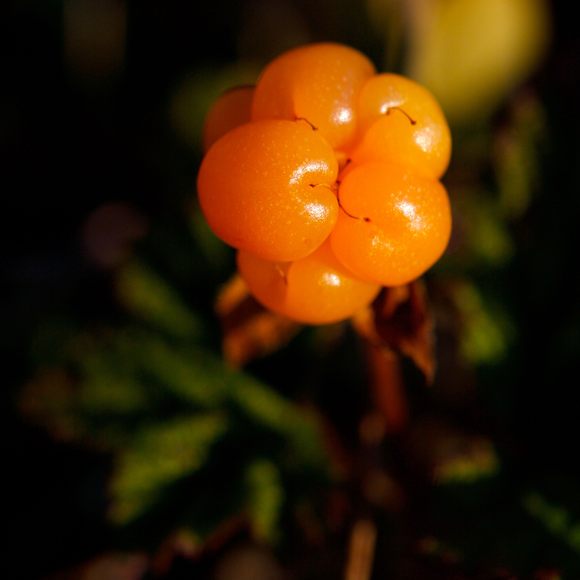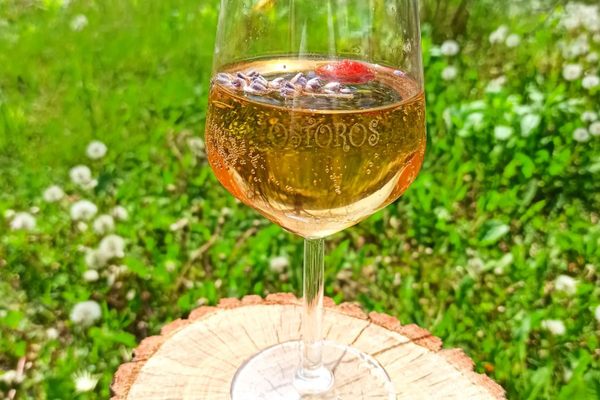Fruits & Vegetables
Bakeapple
Almost every Newfoundlander has a secret spot for foraging this honey-sweet berry.
Berry season in Newfoundland is a beautiful thing. Aside from the fact that the boggy land and salt-filled air are far from conducive to traditional agriculture, the island is ripe for the picking with a mind-boggling variety of berries. Blueberries, blackberries, and raspberries are joined by the likes of partridgeberries, serviceberries, and bakeapples.
The bakeapple, also known as the cloudberry, is a plump, golden-orange berry that looks like it is seconds away from bursting at the seams. Inside are some seriously hard seeds. But biting into one of these is a worthwhile risk for a taste of the delicate, honey-sweet flesh of this berry.
Indeed, bakeapples make it rather difficult to enjoy them. Aside from the aforementioned seeds, each plant bears only a single berry, and the plants grow in moist tundra and peat bog environments. Somehow, every Newfoundlander still manages to have their “spot” for a decent forage, and the whole family grabs their gumboots and buckets to head out for a pick around mid-August. Without a moment wasted, pantries are filled with the newest bottling of jams, jellies, and syrups. Only a few lucky producers are able to gather enough berries to make a uniquely Canadian liqueur.
So how did the bakeapple get its name? The common lore holds that a French explorer arrived to a patch of odd-looking berries and asked what they were called. The English language took the French for “berry” (baie) and “to call” (appeler), bastardized it, and the bakeapple was born.
Written By
 Gautham Krishnaraj
Gautham Krishnaraj













